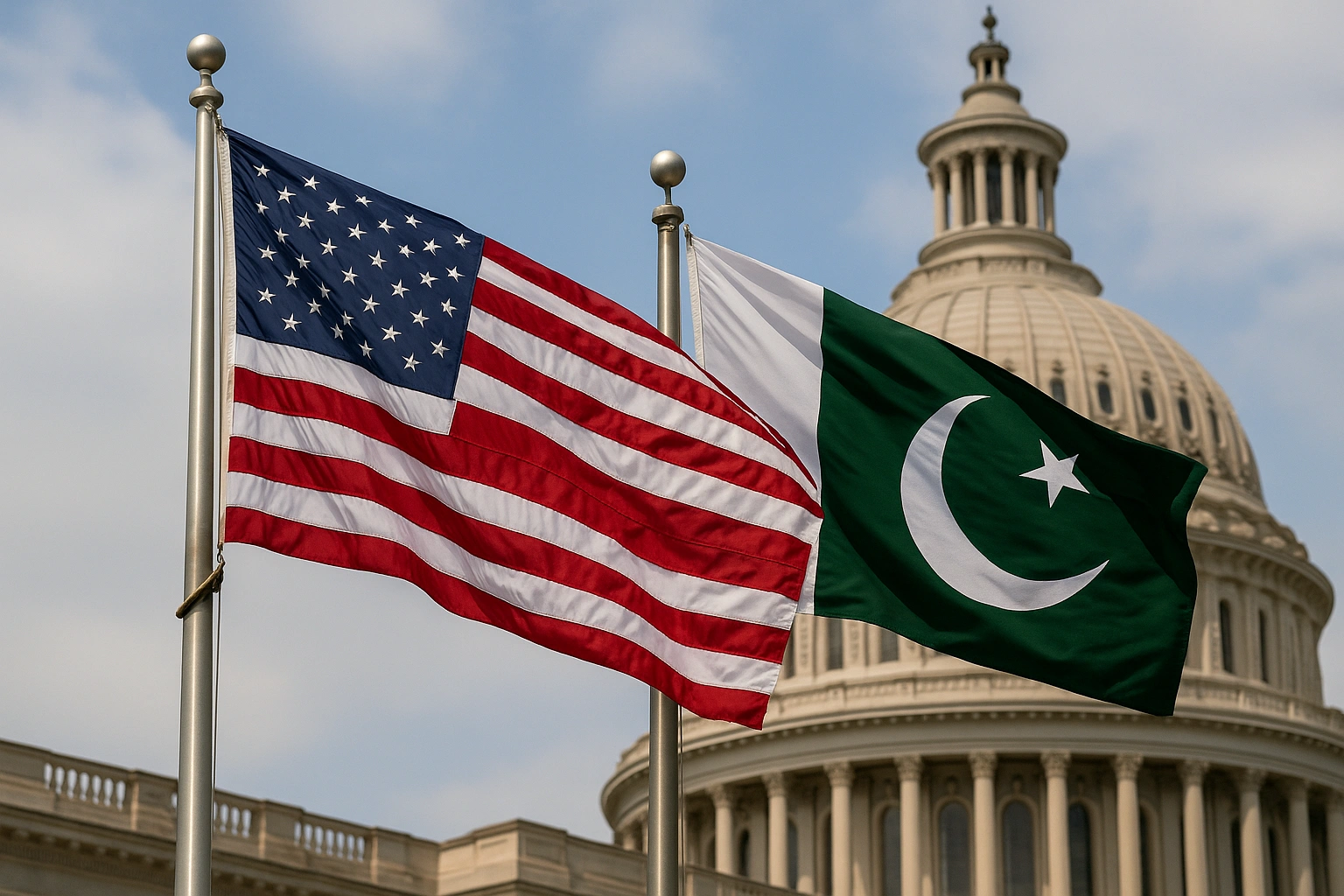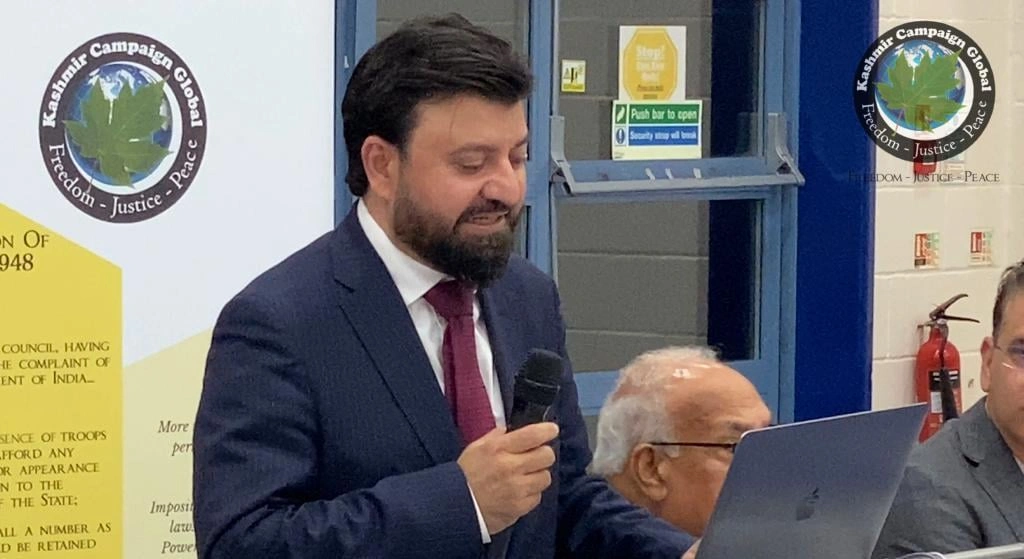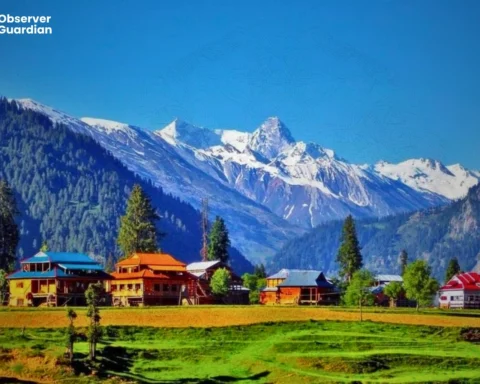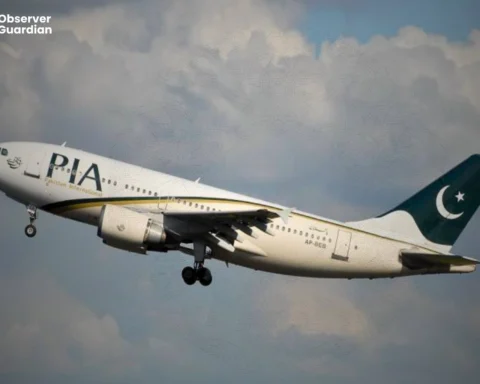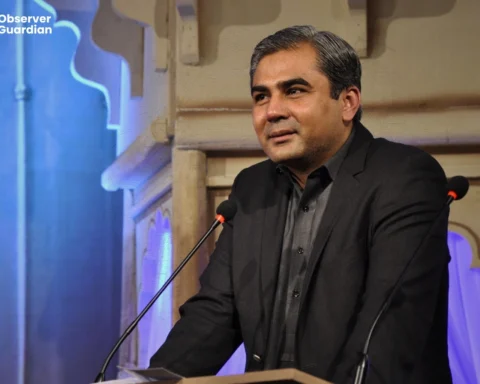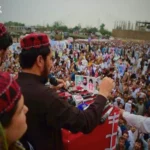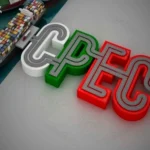It is a good indication that in the recent past the United States Agency for International Development (USAID) funding to Pakistan has been restored and although this is partial till now it is one sign that could probably herald a new era in Pak-US relations. The move is not only timely, but also strategic at a time when Pakistan is challenge by harsh economic times. It is an indication of a new adjustment in the region in which revival of aid is not only a matter of financing it but also of commitment of a new partnership with certain amount of trust building and vision of regional stability and development. Years of inactivity and distrust in bilateral relations may change with the renewal of the definite USAID plans that may result in an expansion of the relations between Islamabad and Washington.
The Resumption of USAID
Political and strategic ambiguities had seen United States withhold USAID aid to Pakistan in the recent past. There is however a change in Washington along these lines the recent announcement of funding of two programs the Merit Scholarships to Pakistani students (Phase II) and infrastructure development in the former Federally Administered Tribal Areas (FATA) populations. The embassy of the US in Pakistan has confirmed the relocation move terming it as one of the reorganization moves of the American foreign aid program. This gradual selective reinstatement of aid does not only indicate the fresh US enthusiasm in Pakistani development engagement but also indicates a self-indulgent optimism in Washington towards balancing relations with Islamabad.
Pakistan is facing a very crucial point in its existence. Status in economy is already low grade, the inflation is soaring, and the price of the critical development plans are getting too hard to manage without the external support. Prioritizing the education and infrastructure as the two major pillars of development the US appears to be targeting the spheres that have a direct positive impact on the population of Pakistan first and allow establishing an atmosphere of long-lasting cooperation and mutual understanding later.
Openness, Monitoring and Consistency with the National Priorities
The interest in transparency and accountability is one of the remarkable features of this USAID restoration. There is also planned redesigning of the future aid programs as both US and Pakistani officials have stated that they are ensuring better oversight in the programs. This will be in the form of increased cooperation between the US Embassy and Pakistan’s Economic Affairs Division, and this cooperation will centre on aligning aid to coincide with the national development plans of Pakistan. Such a strategic alignment will ensure that problems that caused suspicion in the past do not occur any problems like mismanagement, misuse or no coordination as was the case before.
This new design has been embraced by Pakistan especially the aspect of direct coordination between governments and the increased responsibility toward NGOs. This is likely to make sure that any aid reaches the grass root and is really used at the intended place particularly the area which has always been developed and underserved such as tribal belt.
The Historical tension and the Reset necessity
There is a stormy history of Pak-US relations. Previous close partners in the cold war and most memorably during the war on the Soviet occupation of Afghanistan, it started going downhill however since the post 9/11 where there are only instances of suspicion and miscommunication and disparities in strategic backgrounds. The US levelled criticism against Pakistan on hiding places of militants whereas Pakistan felt aggrieved even with the stringent and unpredictable US assistance. These frictions intensified when Pakistan became allied to China especially in strategic interest projects within China-Pakistan Economic Corridor (CPEC) that the US was increasingly suspicious.
In the meantime, the Indian lobby in Washington has become quite strong and efficient in influencing the American opinion about Pakistan. The problem has been made worse by the aggressive diplomacy by the Modi government which is based in most cases on hostility towards Pakistan. Here to be noted is the recent USAID funding which sounds minor in terms of money being however symbolically important. It implies readiness on the side of the United States to engage with Pakistan once more not merely in diplomacy but through development.
Pakistan as a Billing board between US and China
The biggest challenge that can currently face the foreign policy of Pakistan may be hiding in the inability to balance relations with two superpowers the United States and China who are not only rivals but who are opponents in many areas. The friendship has been constant and this is evident because of the Chinese defence and economic investments. On the one hand the US despite the changes in tone and policy may be still having such a huge influence on the world economic institutions such as IMF and World Bank that the country cannot recover its economy without them.
Pakistan cannot risk antagonizing either of the powers. Islamabad needs to have a policy that is based on pragmatism and national interest to successfully walk on this tightrope. As it maintains their strategic alliance with China, Pakistan should also re-engage the United States sincerely, clearly and with an eye on mutual benefit. USAID here can serve as the stepping stone to economic and security cooperation on a larger scale if the two sides are ready to restore the missing trust.
The Geopolitical Imperative
Present day geopolitical world is also not left out by the threat of hybrid warfare where instead of open warfare, states are threatening each other to use diplomatic, media and alternative means of destabilizing and slandering each other. Pakistan is particularly facing these pressures by India. The Modi government seems anxious to fool around and do everything possible to blame Pakistan to defame it and get world opinion against it after being humiliated with losses of Indian control in recent warfare. This makes restoration of the US Pakistan ties even more serious. Washington must go back to its balanced policy on South Asia to control India aggressive tendencies and stabilize the region.
This is the moment of both opportunity and danger in case of Pakistan. The diplomatic gains are only achievable when treated with vigilance, maturity and consistency. Pakistan should avoid falling into the temptation of becoming involved in proxy wars or regional alliances that are likely to bear no fruits in the future. The new aid package will not just be monetary that they are sending over, but it is a message. Washington is open to hearing. Islamabad needs to read this opening properly and make sure that it does not become a danger to its global image that should still be glossed over as a responsible and peace-loving nation willing to remain in control in the region and cooperation of international bodies.
It is true that the revival of sorts of USAID is encouraging. It appears to be narrow in scope, yet its symbolic heavy weights are enormous. It gives both nations an opportunity to recoup, regroup and retune their relationship on more solid grounds. It is also a welcome stroke of diplomacy in the case of Pakistan which is trying to stabilize the economy and to re-establish itself as a worthwhile partner in the international arena. In future, this cooperation should be extended into a wider arena to include matters related to healthcare, energy, climate resilience and peace building in the region. Through tactful diplomacy, strategic thinking and national solidarity Pakistan can turn this baby step into a giant one in re-establishing world alliances.

